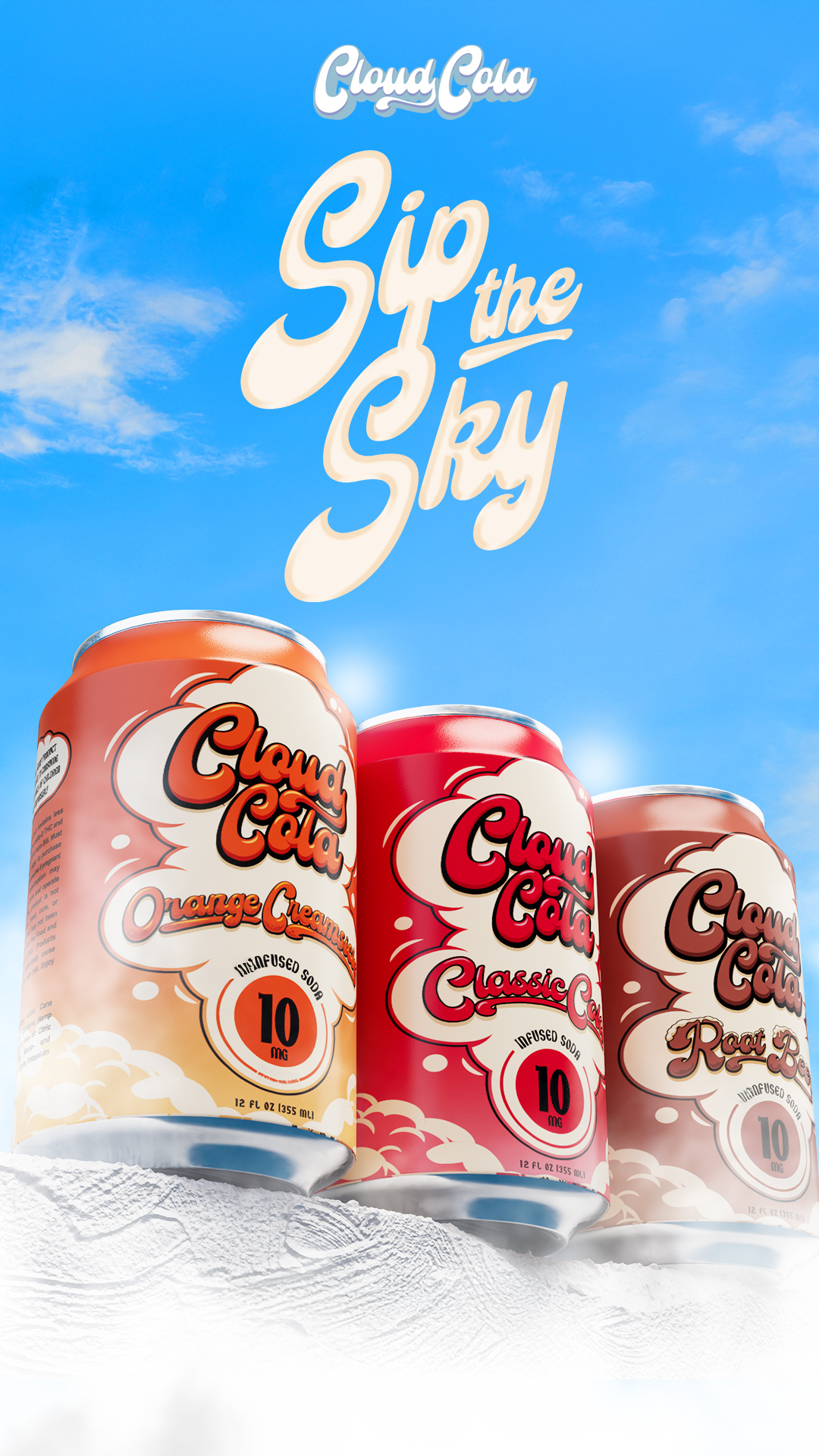THC and Muscle Soreness
Tetrahydrocannabinol, more commonly known as THC, is the primary psychoactive compound found in cannabis. While best known for its mood-altering effects, THC also interacts with the body’s endocannabinoid system, which plays a role in pain perception and inflammation. This interaction has led to growing interest in the potential benefits of THC for managing muscle soreness associated with exercise.
Mechanism of Action
THC exerts its potential muscle-soreness-reducing effects through its interaction with cannabinoid receptors (CB1 and CB2) found throughout the body, including muscles and the central nervous system. Activation of these receptors can modulate pain signals, reduce inflammation, and promote muscle recovery. Specifically, THC’s influence on CB1 receptors in the brain may contribute to pain relief by decreasing the perception of pain signals. Additionally, its interaction with CB2 receptors on immune cells may help suppress inflammation associated with muscle damage caused by exercise.
Research on THC and Pain Relief
Research suggests that THC may offer some relief from muscle soreness, often referred to as Delayed Onset Muscle Soreness (DOMS), which typically occurs a day or two after strenuous exercise. Studies have shown that THC can reduce inflammation and pain perception, both of which are key factors contributing to DOMS.
While promising, it’s important to note that research on the specific effects of THC on muscle soreness is still relatively limited. More studies are needed to fully understand its mechanisms of action and determine optimal dosages for pain relief.
Potential Benefits for Workout Recovery
THC exerts its potential muscle-soreness-reducing effects through its interaction with cannabinoid receptors (CB1 and CB2) found throughout the body, including muscles and the central nervous system. Activation of these receptors can modulate pain signals, reduce inflammation, and promote muscle recovery.
Specifically, THC’s influence on CB1 receptors in the brain may contribute to pain relief by decreasing the perception of pain signals. Additionally, its interaction with CB2 receptors on immune cells may help suppress inflammation associated with muscle damage caused by exercise.
Research suggests that THC may offer some relief from muscle soreness, often referred to as Delayed Onset Muscle Soreness (DOMS), which typically occurs a day or two after strenuous exercise. Studies have shown that THC can reduce inflammation and pain perception, both of which are key factors contributing to DOMS.
While promising, it’s important to note that research on the specific effects of THC on muscle soreness is still relatively limited. More studies are needed to fully understand its mechanisms of action and determine optimal dosages for pain relief.
Types of THC Drinks
The growing popularity of cannabis has led to an expansion in the types of THC drinks available, ranging from sparkling beverages to seltzers and even infused coffee. These drinks offer a convenient and discreet way to consume THC, allowing individuals to experience its potential benefits, such as pain relief and muscle relaxation, without the need for smoking or vaping.
Beverages Containing Cannabinoids
THC drinks come in a variety of forms, catering to different tastes and preferences. Sparkling beverages infused with THC provide a fizzy and refreshing option, often flavored with fruit essences or botanical extracts. Seltzers, known for their light and bubbly texture, offer a lower-calorie alternative to traditional soda. Coffee enthusiasts can find THC-infused coffee blends that combine the energizing effects of caffeine with the potential pain-relieving properties of THC.
Beyond these popular choices, other innovative THC drinks are emerging, including energy drinks, kombucha, and even cocktails. These diverse options demonstrate the increasing versatility of THC as a consumer product, allowing individuals to incorporate it into their daily routines in a more convenient and enjoyable manner.
Different Delivery Methods
Different delivery methods offer varying experiences when consuming THC. Edibles, which include THC drinks, are known for their longer onset time, typically taking 30 minutes to two hours to take effect. This delayed response is due to the digestive process breaking down THC before it reaches the bloodstream.
In contrast, smoking or vaping THC provides a quicker and more immediate effect as THC enters the bloodstream directly through the lungs. Topicals, such as creams or lotions containing THC, are absorbed through the skin and target localized areas of pain or inflammation.
Dosage Considerations for Workouts
When exploring the potential benefits of THC drinks for workout recovery, it’s crucial to consider proper dosage. Factors influencing optimal dosage include individual body mass, metabolism, tolerance to THC, and the severity of muscle soreness experienced.
Finding the Right Dosage for Individual Needs
Dosage recommendations for THC vary widely depending on individual factors such as body weight, metabolism, and tolerance. Beginners should start with a low dose, typically 2.5-5 milligrams of THC, and gradually increase it as needed while monitoring the effects. It’s essential to be patient and allow time for the THC to take effect before consuming more.
Paying attention to how your body responds is crucial. If you experience any adverse effects like anxiety, paranoia, or dizziness, reduce your dose or discontinue use. Remember that tolerance can develop over time with regular use, so it may be necessary to adjust the dosage accordingly.
Factors Affecting THC’s Effects
Dosage considerations for THC drinks aimed at workout recovery are crucial and highly individual. Factors affecting how THC impacts individuals include body weight, metabolism, personal tolerance, and the intensity of muscle soreness.
Beginners should start with a low dose (2.5-5 milligrams of THC) and gradually increase it based on their experience and needs. It’s essential to be patient and allow sufficient time for the effects of THC to manifest before consuming more.
Monitoring your body’s response is paramount. If you experience any negative side effects like anxiety, paranoia, or dizziness, reduce the dose or stop using THC altogether. Tolerance can develop with consistent use, potentially requiring dosage adjustments over time.
Potential Side Effects and Risks
While THC drinks offer a potentially appealing method for managing muscle soreness after exercise, it’s important to be aware of potential side effects and risks associated with THC consumption. These can include anxiety, paranoia, dizziness, impaired coordination, and dry mouth. In some cases, individuals may experience more severe reactions like hallucinations or psychosis.
Short-Term Side Effects

Potential side effects and risks associated with THC consumption include:
- Anxiety
- Paranoia
- Dizziness
- Impaired coordination
- Dry mouth
- Hallucinations (in some cases)
- Psychosis (in some cases)
It’s important to note that these effects can vary depending on individual factors such as dosage, tolerance, and method of consumption.
Long-Term Health Concerns
While THC drinks offer a potentially appealing method for managing muscle soreness after exercise, it’s important to be aware of potential side effects and risks associated with THC consumption. These can include anxiety, paranoia, dizziness, impaired coordination, and dry mouth. In some cases, individuals may experience more severe reactions like hallucinations or psychosis.
Potential side effects and risks associated with THC consumption include:

- Anxiety
- Paranoia
- Dizziness
- Impaired coordination
- Dry mouth
- Hallucinations (in some cases)
- Psychosis (in some cases)
It’s important to note that these effects can vary depending on individual factors such as dosage, tolerance, and method of consumption.

Legal Considerations and Regulations
Legal regulations surrounding THC drinks vary significantly across jurisdictions. In some regions, the sale and possession of THC-infused beverages are strictly prohibited, while others have legalized recreational or medicinal cannabis use, including edibles. Understanding the specific laws in your location is crucial before consuming or selling THC drinks.
When it comes to labeling and advertising, regulations often mandate clear disclosures about THC content, potential side effects, and warnings regarding age restrictions. Manufacturers are typically required to adhere to strict guidelines for packaging and distribution to ensure responsible consumption.
Compliance with legal requirements is essential for businesses operating in the cannabis industry. Obtaining the necessary licenses and permits, ensuring product safety standards, and adhering to labeling and advertising regulations are all crucial aspects of operating legally within this evolving landscape.
Conclusion
In conclusion, while THC drinks offer a potentially novel approach to managing muscle soreness after exercise, further research is needed to fully understand their efficacy and optimal dosages. It’s essential to be aware of potential side effects, legal regulations, and individual tolerance levels before incorporating THC drinks into your workout recovery routine. As the cannabis industry continues to evolve, responsible consumption and informed decision-making are paramount.
Cloud Cola cannabis soda – infused with high-quality THC
- Will Retinol Get Rid Of Smokers’ Lines? - June 30, 2025
- The Side Effects Of Dermal Fillers And How To Minimise Risks - June 18, 2025
- Where To Buy THC Soda Legally In The US And Canada - June 2, 2025
